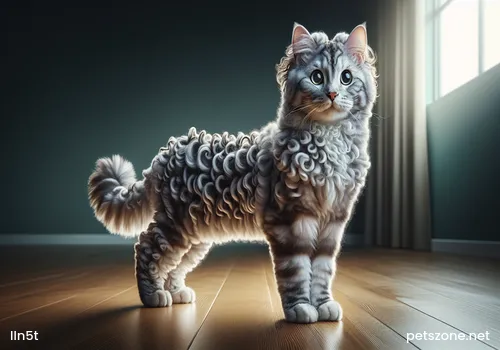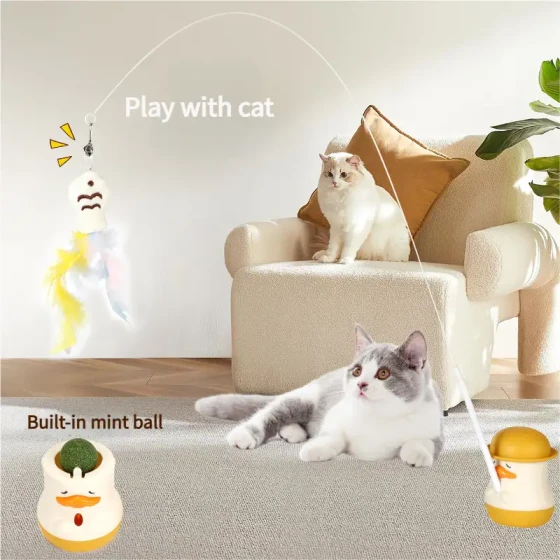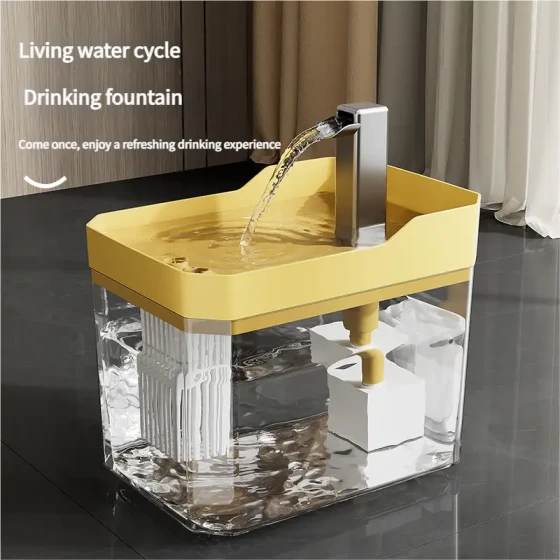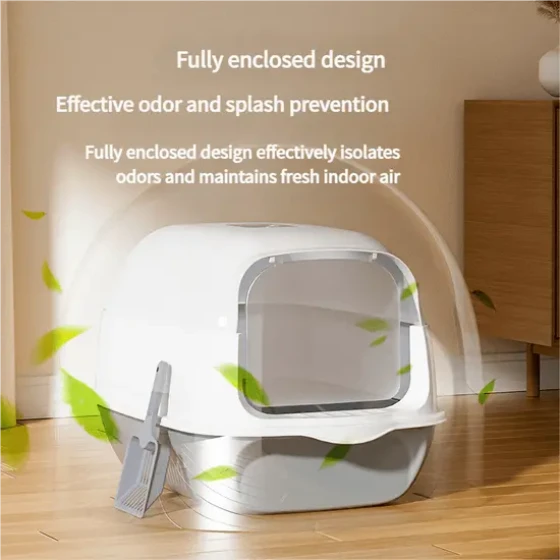Prevention and Treatment of Feline Toxoplasmosis

American Curl Cat
The form of Toxoplasma varies at different developmental stages. Tachyzoites and tissue cysts appear in intermediate hosts; schizonts, gametocytes, and oocysts appear only in definitive hosts. There are many intermediate hosts, including humans, mammals, birds, fish, reptiles, and more than 200 animal species, among which are cats. The definitive host is felines, so cats are both intermediate and definitive hosts for Toxoplasma. Tachyzoites, also called rapidly dividing forms, mainly appear in acute cases in intermediate hosts and have a crescent shape with one blunt end and one sharp end, measuring 4–7 micrometers × 2–4 micrometers. Tissue cysts, also called tissue sacs, occur in chronic cases in intermediate hosts and are sub-spherical, with a maximum diameter up to 100 micrometers, containing several to thousands of tachyzoites that are dormant at this stage, also called bradyzoites. Oocysts appear in feline feces, round or oval in shape, with a double-layered shell, averaging 10 micrometers × 12 micrometers.
Oocysts excreted with cat feces sporulate within several days under suitable conditions. When cats ingest sporulated oocysts or tissue cysts in infected animal muscles or organs, bradyzoites, tachyzoites, and sporulated oocysts enter the epithelial cells of the small intestine villi and develop through the coccidian phase, finally producing oocysts excreted in feces. Cats also act as intermediate hosts, where bradyzoites, tachyzoites, and sporulated oocysts can enter lymphatic and blood circulation, spreading to various organ tissues, invading nucleated cells to develop the toxoplasma phase and persist in the body. Additionally, cats can be infected with toxoplasmosis transplacentally, via respiratory tract, or through skin wounds.
Treatment commonly uses sulfonamide drugs and pyrimethamine: 10 mg/kg body weight divided into 4–6 oral doses daily for sulfonamides, and 0.5–1.0 mg/kg body weight orally once daily for pyrimethamine. The combination of these two drugs has better efficacy. To prevent drug side effects, folinic acid is administered concurrently at 1 mg/kg body weight daily.
Maintain environmental hygiene regularly by keeping the environment clean and dry, promptly disposing of feces, forbidding feeding of raw meat, milk, and eggs, and conducting regular fecal examinations. (Source:PetsZone)


